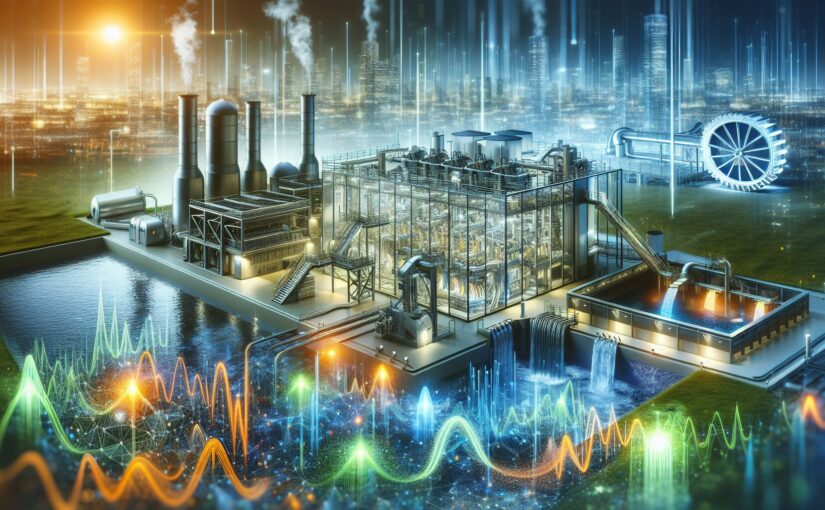The exploration of efficient and eco-friendly energy sources is an ongoing endeavor in the world of science. One area that has seen a significant amount of development and interest is the field of bioelectricity generation from wastewater. Let’s delve into the concepts surrounding this intriguing field and explore how it’s set to revolutionize waste management and energy production.
Bioelectricity: An Overview
Bioelectricity is essentially electricity generated from biological sources. This type of electricity production is a form of renewable energy harnessing the power and complex mechanisms of microorganisms to yield electrical current. The most common sources of bioelectricity include various types of organic waste, including wastewater from domestic, agricultural, and industrial origins [^1^].
Wastewater Treatment and Bioelectricity Generation
Traditional methods of wastewater treatment are often energy-intensive and cost-inefficient. However, recent developments in bioelectrochemical systems (BESs) present promising alternatives. BESs have the potential not only to effectively treat and purify wastewater but also to generate bioelectricity as a by-product.
In these systems, specific bacteria- often referred to as Electroactive Bacteria (EAB) – are used to break down the organic matter found in wastewater. When these bacteria digest organic matter, they release electrons. By promoting conditions that facilitate these bacteria to transfer their metabolically-generated electrons towards an anode, a flow of electrical current can be established.
Thus, bioelectricity generation from wastewater is recognized as a promising avenue for sustainable energy production and wastewater remediation [^2^].
The Potential Impact of Bioelectricity Generation
The implications of harnessing bioelectricity from wastewater are profound. Facilities that manage large quantities of wastewater – like municipal water treatment plants or industrial factories – can utilize the chemical energy stored in the waste they are processing to generate bioelectricity. This practice could potentially offset a significant portion of these facilities’ current energy costs.
Furthermore, developing regions, where centralized wastewater treatment infrastructure is lacking, could establish localized BESs to handle their waste treatment needs and simultaneously provide a source of energy.
Finally, bioelectricity generation from wastewater could contribute to broader efforts to decarbonize energy systems and achieve global sustainability goals [^3^].
Conclusion
While challenges remain in scaling up and optimizing these technologies for widespread adoption, the future of bioelectricity generation from wastewater is promising. This innovation bridges a gap between waste management and sustainable energy production, presenting a convincing argument against the proverbial concept of waste. Truly, under the promising light of present research, wastewater does not seem such ‘a waste’ after all.
[^1^]: Logan, B.E. and Rabaey, K., 2012. Conversion of wastes into bioelectricity and chemicals by using microbial electrochemical technologies. Science, 337(6095), pp.686-690. link
[^2^]: Wei, J., Liang, P., and Huang, X., 2011. Recent progress in electrodes for microbial fuel cells. Bioresource technology, 102(20), 9335-9344. link
[^3^]: Pant, D., Van Bogaert, G., Diels, L., & Vanbroekhoven, K., 2010. A review of the substrates used in microbial fuel cells (MFCs) for sustainable energy production. Bioresource Technology, 101(6), 1533-1543. link
